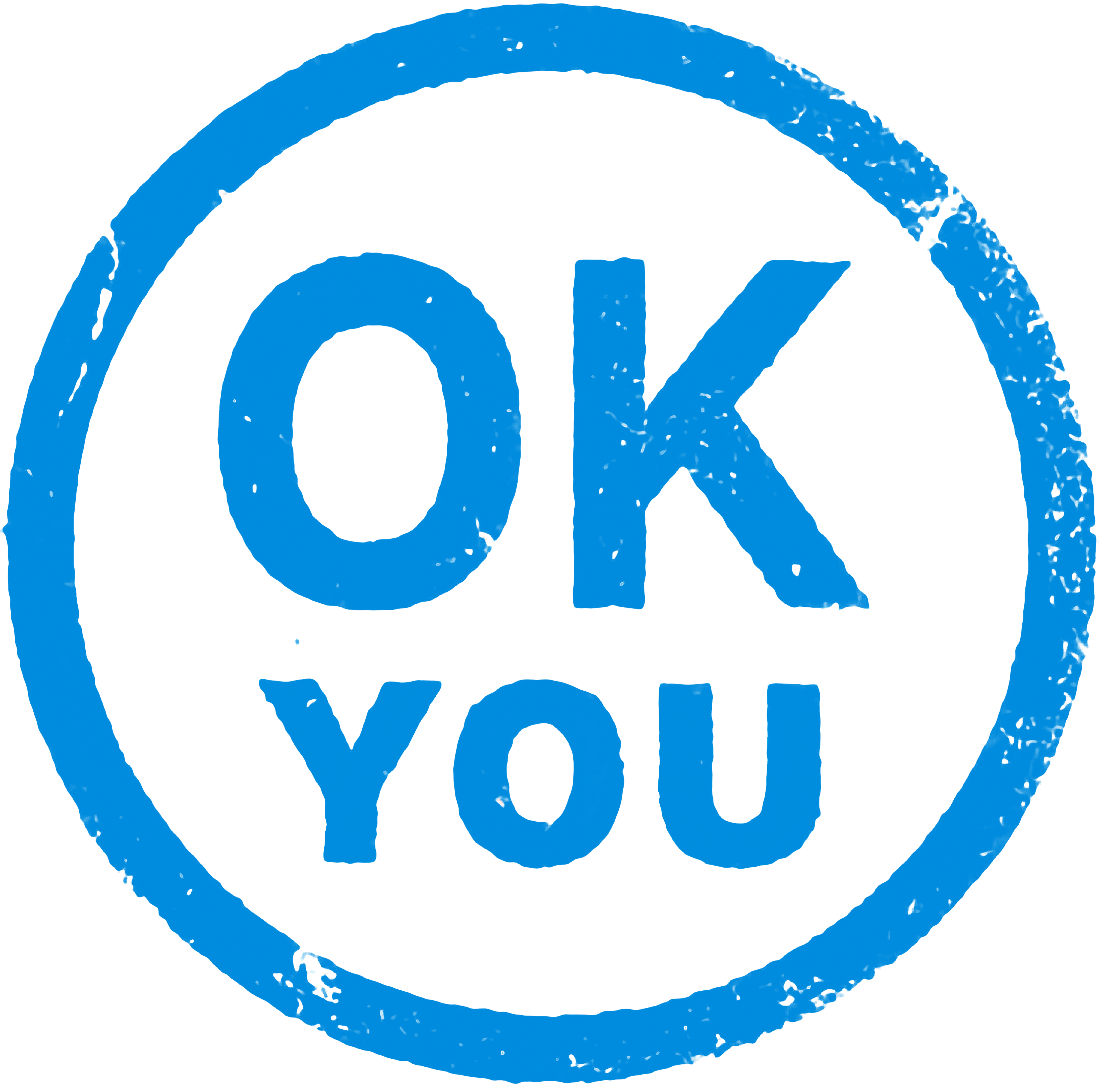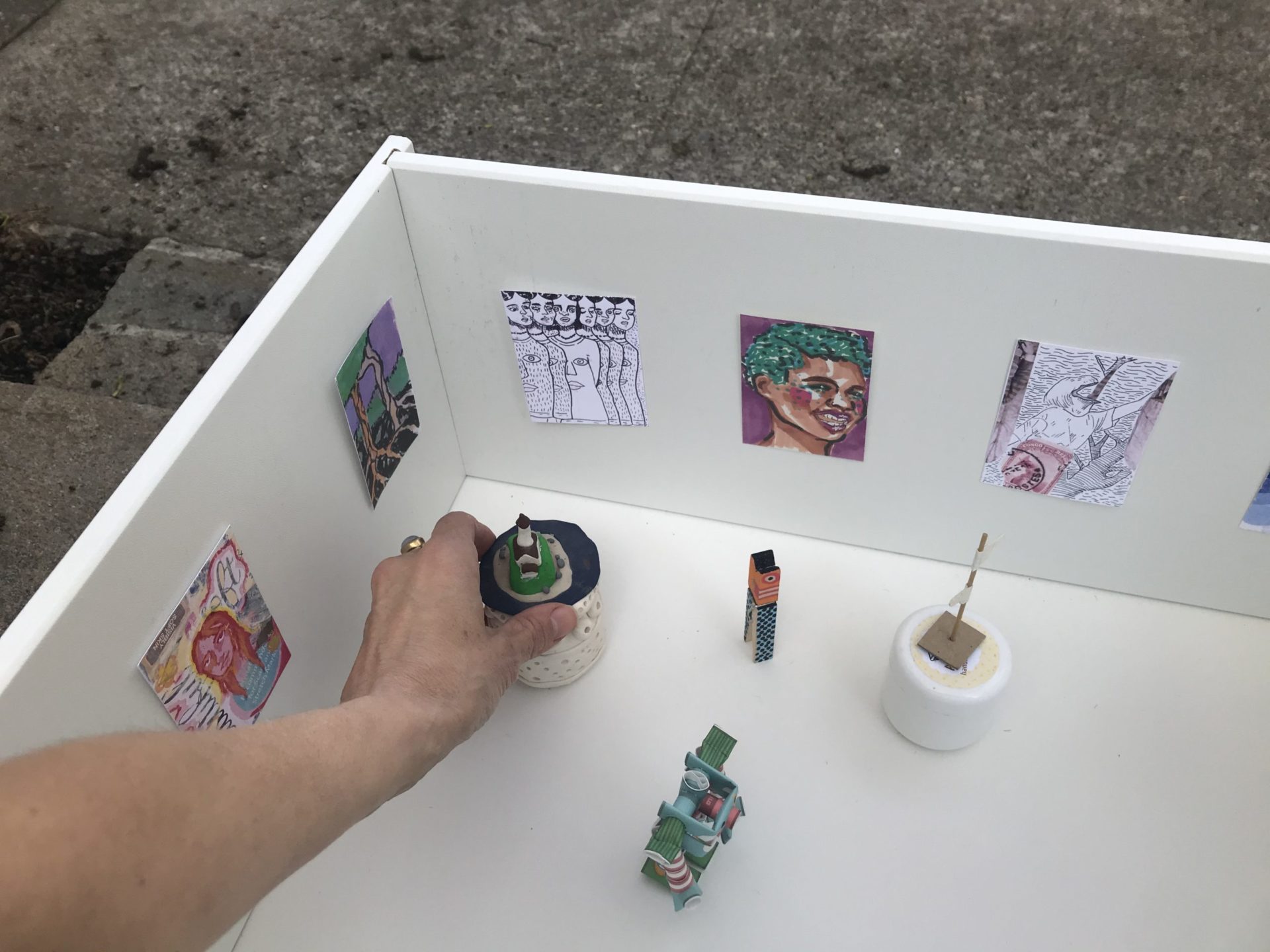To open your own art museum, you will need:
A place for your art museum—a box, a pulled-out drawer, a fence, a sidewalk… so many options!
Paper
Cardboard, popsicle sticks, or clay if you want to make your own frames in addition to the downloadable frames included in step 10
Scissors
Little containers like small boxes, jars, corks, etc. for displaying small objects in your museum
Materials for making art: markers, pencils, paints, clay, collaging materials like magazines or junk mail
Some way to hang up your art like tape, glue, or putty


























